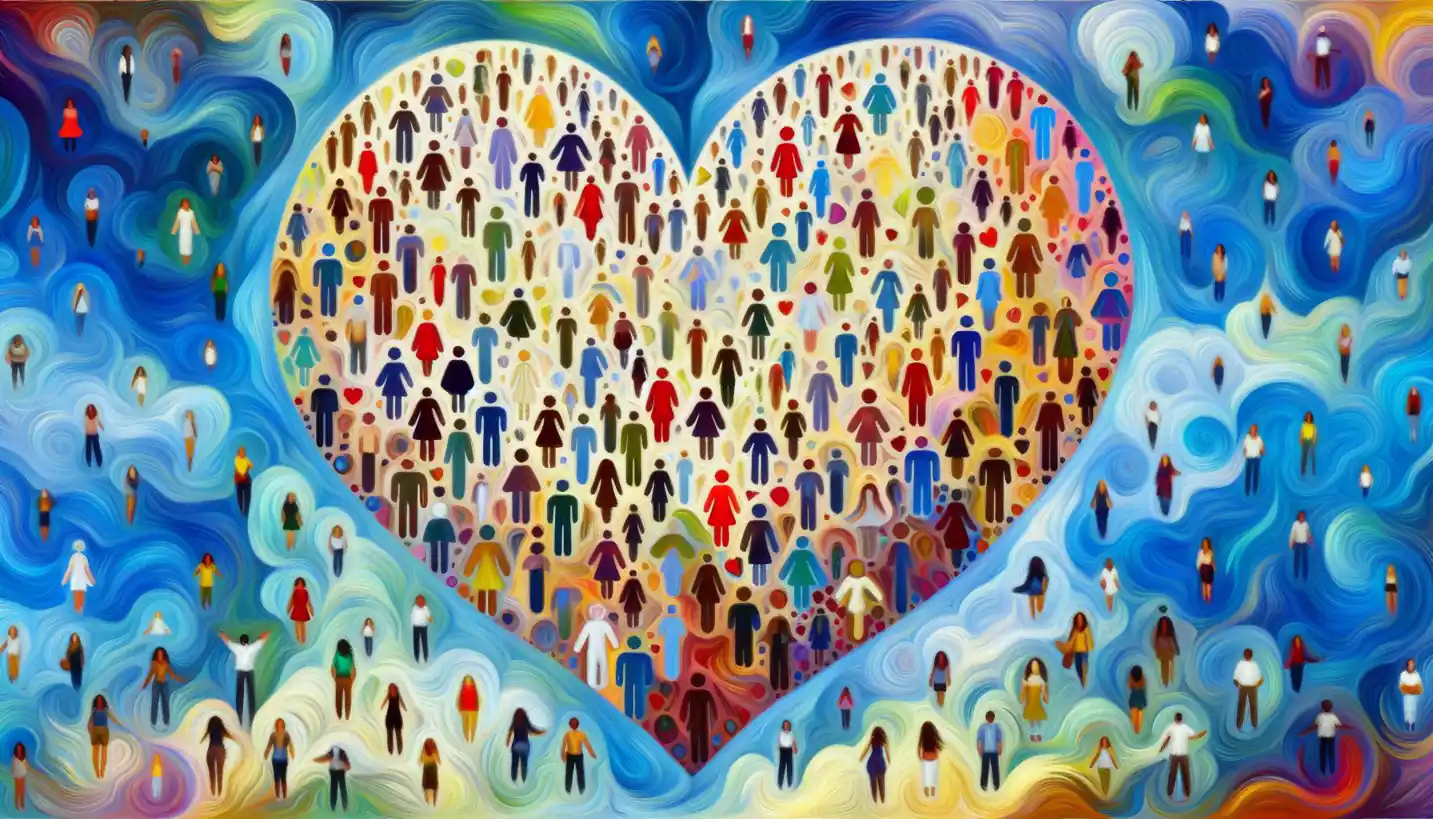· Sociology · 4 min read
Cultural Relativism: Understanding Diverse Societies through Different Lenses
Cultural relativism encourages appreciation of diverse cultural perspectives. Dive into its importance for fostering understanding and acceptance in global societies.

Picture yourself traveling to a distant land where everything—from the language to the customs and food—is unfamiliar. How do you make sense of it all? This is where the idea of cultural relativism comes in, a concept from cultural sociology that helps us appreciate the diversity of human societies without jumping to conclusions or judgments.
What is Cultural Relativism?
Cultural relativism is a way of looking at cultures and customs based on their own standards and values rather than our own. Instead of saying “this is strange” or “that’s wrong,” cultural relativism invites us to ask, “Why might this make sense in this culture?” It’s like trying on someone else’s glasses to see the world from their perspective.
Why is Cultural Relativism Important?
In our interconnected world, where technology and travel bring us closer together, understanding different cultures is more crucial than ever. Without cultural relativism, it’s easy to fall into the trap of ethnocentrism—believing one’s own culture is superior to others. This mindset can lead to misunderstandings and conflicts. Cultural relativism encourages open-mindedness, fostering greater empathy and cooperation among people from different backgrounds.
Origins of Cultural Relativism
Cultural relativism became popular in the early 20th century, thanks to the work of anthropologist Franz Boas. He argued that culture shapes our perceptions and that no single culture holds the universal “right” way of doing things. Boas emphasized the importance of fieldwork and understanding societies on their own terms—a revolutionary idea at the time.
Exploring Cultural Relativism through Examples
Language and Expression
Think about how languages shape thought. Some languages have words that don’t exist in others. For example, the German word “Schadenfreude” describes pleasure taken from someone else’s misfortune. While it may seem odd to someone unfamiliar with the term, it captures a concept that exists in many cultures but lacks a specific word.
Food and Dietary Practices
Consider how dietary customs vary. In some cultures, eating insects is a delicacy, while in others, it might be frowned upon. Cultural relativism helps us understand that food practices are built on historical, environmental, and societal factors unique to each culture, making all diets equally legitimate.
Social Norms and Traditions
Think about greetings. While a handshake is common in Western cultures, bowing is customary in places like Japan. Such practices are rooted in historical contexts and social structures. By applying cultural relativism, we appreciate these differences as meaningful rather than strange.
Challenges and Criticisms
While cultural relativism promotes understanding, it’s not without its challenges. Critics argue that it can sometimes lead to moral relativism, where harmful practices are justified under the guise of cultural differences. For instance, harmful traditions like female genital mutilation are sometimes defended culturally. Here, the challenge is to balance respect for cultural diversity with advocacy for universal human rights.
Cultural Relativism in Today’s World
In our global society, cultural relativism has never been more relevant. As globalization blurs cultural lines, we encounter diverse perspectives daily, whether through media, travel, or interaction with peers. Applying cultural relativism can enrich our understanding and reduce cultural conflicts, encouraging a more harmonious coexistence.
Education
Educational institutions can play a crucial role by promoting cultural relativism. Teaching students to view cultures from multiple perspectives prepares them to become open-minded global citizens. This mindset helps in spaces like international business, where cultural understanding can influence success.
Politics and Policy
Policymakers can benefit from cultural relativism when crafting inclusive policies that respect diverse backgrounds. By considering cultural contexts, policies can be more effective and equitable.
Conclusion
Cultural relativism isn’t just an academic idea; it’s a tool for everyday life. It helps us navigate a world full of diverse cultures and traditions with curiosity and respect. By understanding cultural differences through a relativistic lens, we build bridges instead of barriers. As we continue to explore and interact with a variety of cultures, let cultural relativism be our guide, encouraging tolerance, empathy, and acceptance.
In a rapidly changing world, this mindset allows us to embrace the rich tapestry of human experience, ensuring that we appreciate the myriad ways in which people live, think, and celebrate life. Let’s continue questioning, learning, and growing together, always ready to see the world through someone else’s eyes.

